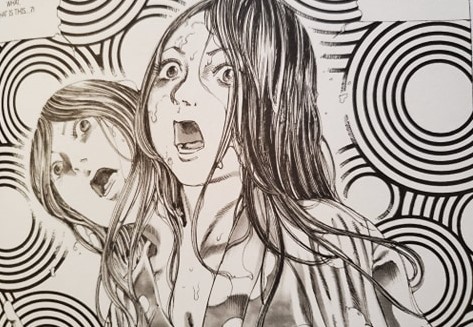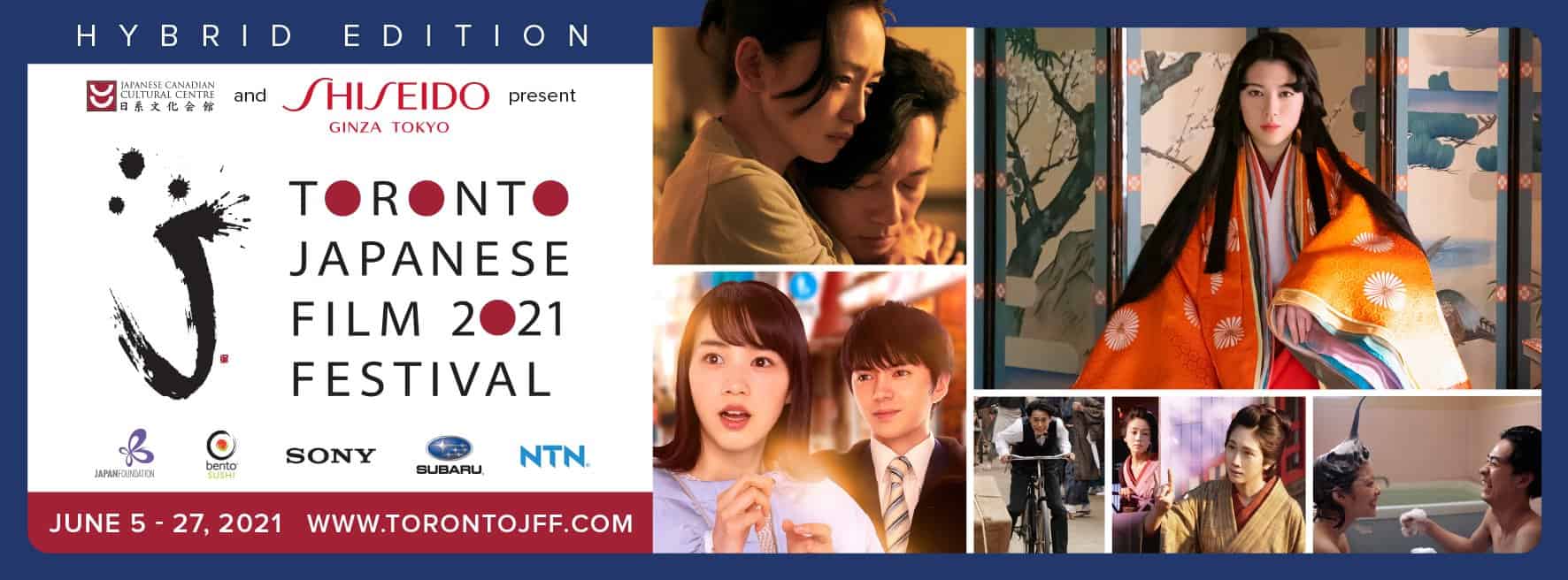The Japan Foundation Asia Center and Tokyo International Film Festival have uploaded the first of their omnibus film series, “Asian Three-Fold Mirror 2016: Reflections.” This film is in and of itself a compilation of three shorts; industry veterans Brillante Ma Mendoza, Isao Yukisada, and Sotho Kulikar illustrate three tales interrelating Japan to the Philippines, Malaysia, and Cambodia. While their plotlines are disconnected, their political arguments are not. Loosely tied to the theme “Living Together in Asia,” the three films wrest tongue-in-cheek responses to the inherently uneasy power dynamics between wealthy Japan and poorer parts of Southeast Asia. The collection peels back long-standing issues of poverty, servitude, and cross-cultural romance, bringing forth the lingering traces of Japanese (neo)imperialism.
The first and last shorts sing their songs of heartbreak and betrayal the most. The first, Brillante Ma Mendoza's “SHINIUMA Dead Horse,” follows the bleary-eyed amputee Marcial (Lou Veloso), an undocumented immigrant deported while working on a racehorse farm in rural Japan. When Marciel unexpectedly arrives at his brother's door in the Philippines, however, Marcial quickly realizes his return is not necessarily welcome. For laborers who cannot work any longer, a deadlier fate may await. Despite the excessive use of mobile cameras (as if to imply that Marcial – despite his condition – is always in motion?), the film's message is still poignant: home does not really exist for migrant laborers like Marcial. There is no room for rest among the poor, even in their homeland.
Sotho Kulikar's “Beyond the Bridge” echoes a similarly bitter theme, though through the lens of Hiroshi, an important Japanese official in Phnom Penh (Masaya Koto). After finishing his commissioned bridge project, Hiroshi asks his Cambodian secretary (played by Kulikar herself) to dinner with him. After a sex-laden confession and an adamant refusal, Hiroshi spirals into a blast to the past to his first love: a Cambodian girl (Chumvan Sodhachivy) in the 70s. Through the rose-tinted glasses, Kulikar draws the lines of Japanese privilege. Like Alain Resnais' 1959 “Hiroshima Mon Amour,” Hiroshi's poetic recollections are from the viewpoint of the survivor unscathed; unlike the lived experience of his former lover, his sweet memories (of course, all sepia-toned) are untainted by the terrors of Pol Pot's bloody uprising. While the viewer sympathizes with Hiroshi (who also seems to be exceedingly brusque with the local women?), one cannot help but wonder: how can he be such a simp when his ex went through one of the worst massacres in history?

The weird imbalance of cross-cultural affection is underlined through Isao Yukisada's “Pigeons,” an unapologetically saccharine second sandwiched in between the two. A old man (Masahiko Tsugawa) — holed away to his spacious, hardwood home in Kuala Lumpur — plays senile, irritating his money-grabbing son (Masatoshi Nagase). The only one in on his secret is his young and cheerful Malay maid, Yasmin (Sharifah Amani). While their relationship seems pure, vestiges of occupation-era disparity trickle to the fore. The son's shiny Apple Macbook seem out of place in Yasmin's poverty-stricken world, where her family lives rent to rent; the old man too admits that his brothers had once died upon Malaysian beaches, presumably in the process of Japanese occupation in the mid-20th century. Even the messenger pigeons — while a sweet peacetime gesture — are still laden with connotations of the earlier World Wars. Yasmin's unquestioning fondness is puzzling in this paid-for power play. She cleans his urine, sacrifices family time, and even speaks his language (of course, innocently learned through Sailor Moon) — but still adores him nonetheless. Like a feudal lord gesturing to his peasant servants, the old man's “gentle personality” (that is, treating Yasmin as an equal?) is seen as generosity. The wealth-power dissonance still remains, where the wealthier — of whom, are incidentally lighter-skinned Japanese — are served and praised by the poorer locale.
The shorts together come off as reflections, then, of implicit Southeast Asian servitude to the Japanese. Unlike another innocent care-at-home story like Tetsu Maeda's “A Banana? At This Time of Night?” (2019) — where paraplegic (Yo Oizumi) playfully teases his harem of beautiful volunteer workers — the shorts capture naive exceptions to an underlying abuse of power. Marcial gives up his roots in the Philippines; Yasmin forgoes her family home; Hiroshi's unnamed lovers are sidepieces to his self-obsessed show. As they internalize Japanese language and customs, the characters all have a written-in belief in their Japanese “benefactors” almost conduct an erasure of their own personal histories.

Whatever the content, the message each filmmaker leaves is more nuanced, however. Yukisada's short completely buys into this happy-go-lucky view. For his film, a Malay maidservant should be content, even happy, to be left with even the scraps of her Japanese employer's wealth. Ma Mendoza's and Kulikar's tales of subservience (and for Ma Mendoza, inferiority too) retain a tongue-in-cheek bitterness, however. While they nod at their Japanese donors, they retain a sense of dignity; like serious documentary-esque memoirs, they reveal that the truth is harder to swallow than Yukisada's fiction. For all their characters' complicity, globalization isn't as innocent as it seems. “Living together in Asia” does not equate to living on equal terms, after all.
“Asian Three-Fold Mirror 2016: Reflections” can be found here, and will be available until June 30 (JST).















